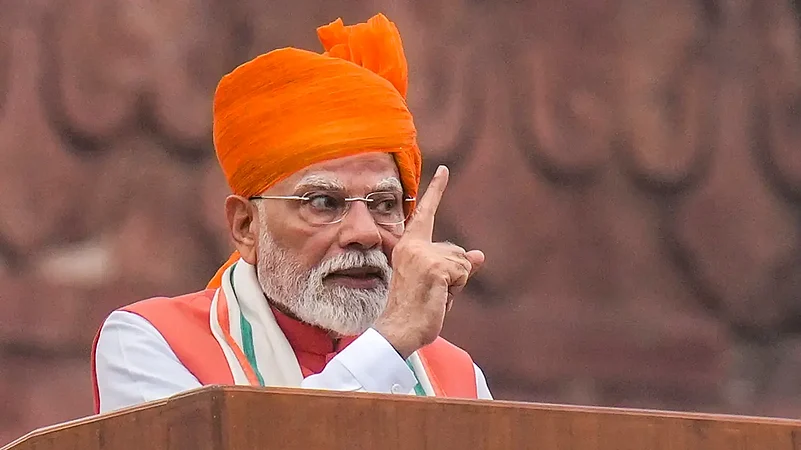
The Centre has proposed a two-slab GST structure with 5% and 18% rates, and 40% on sin goods
Most items in the 28% slab will move to 18% and those in the 12% slab to 5%
The plan needs approval from states amid concerns over revenue loss
In what could mark the most significant overhaul of the Goods and Services Tax (GST) regime since its launch in 2017, the Centre has proposed a simplified two-slab structure aimed at giving India’s taxpayers and consumers a substantial breather. The proposal, which needs the consent of state governments, seeks to scrap the existing 12% and 28% slabs, replacing the current four-tier GST with just two rates — 5% and 18%.
The move comes against the backdrop of the Union Budget’s income tax relief earlier this year, which raised the annual exemption limit from ₹7 lakh to ₹12 lakh. Officials in the finance ministry believe that the twin measures, lower income tax and reduced GST rates, could provide a powerful push to consumption and, in turn, GDP growth.
Under the proposed structure, nearly 90% of taxable items currently in the 28% bracket would shift to the 18% slab. Almost 99% of goods in the 12% bracket would move down to 5%. Only 5–7 products, all considered “sin goods” such as tobacco, cigarettes, and gutkha, would attract a special 40% rate. “All aspirational items in the 28% will come down to 18%, and only the sin goods will carry the special rate,” a senior finance ministry official said.
Currently, about 21% of all goods under GST fall in the 5% slab, 19% in the 12% slab, 44% in the 18% slab, and just 3% in the highest 28% bracket.
The Centre argues that reduced GST rates will spur demand, offsetting any short-term revenue loss for states. However, the plan will need broad consensus among state finance ministers, some of whom have previously resisted rate cuts over concerns of reduced tax collections.
The proposed revamp was announced just hours after Prime Minister Narendra Modi, in his Independence Day address, promised GST reforms for a “double Diwali”, a reference to the expected festive-season boost. The plan also addresses other long-pending issues, including inverted duty structures, cumbersome registration procedures, and compliance hurdles.
If cleared by the GST Council, the overhaul could rewire the way India taxes goods and services, setting the stage for a leaner, more consumption-friendly tax system.






























